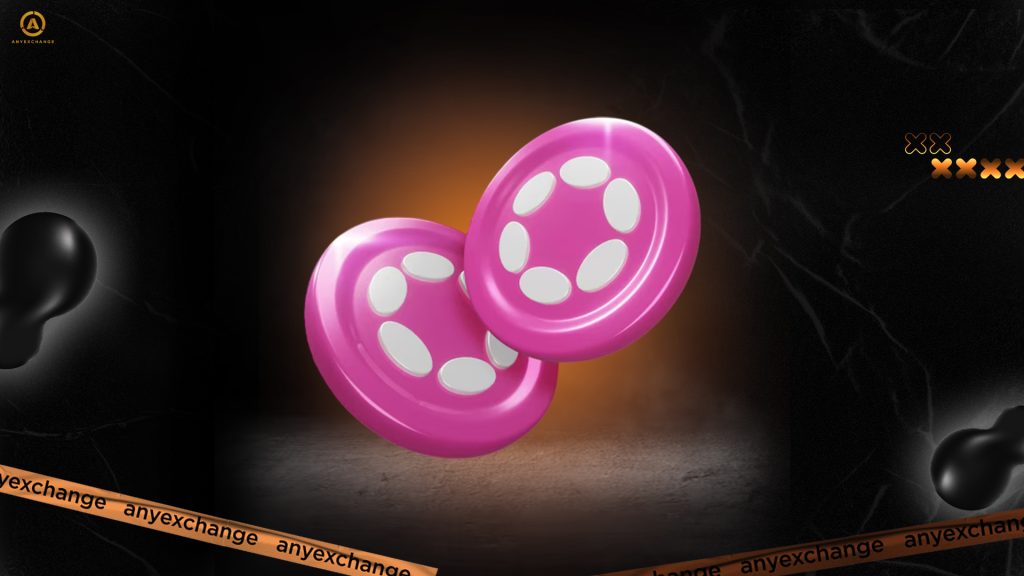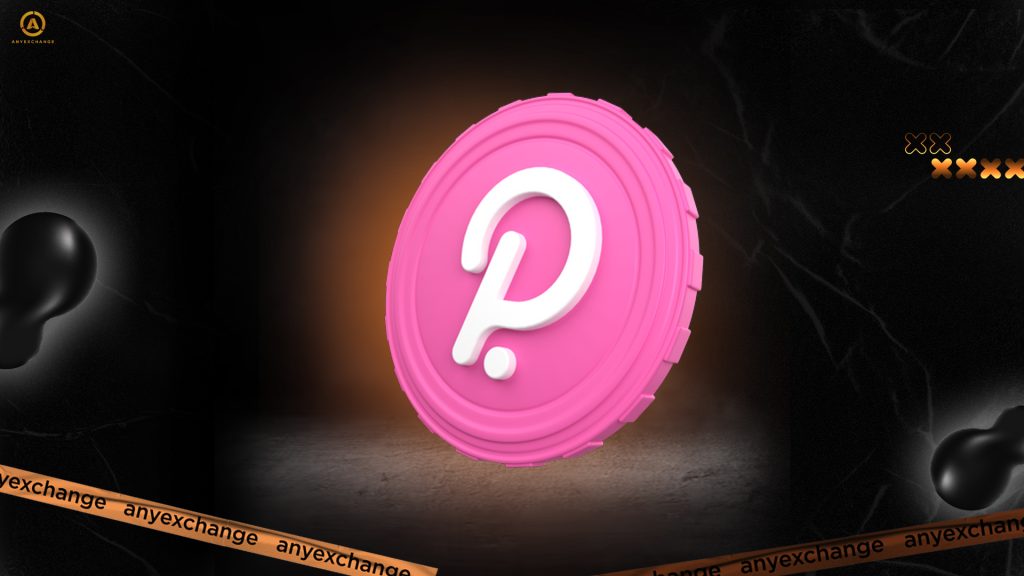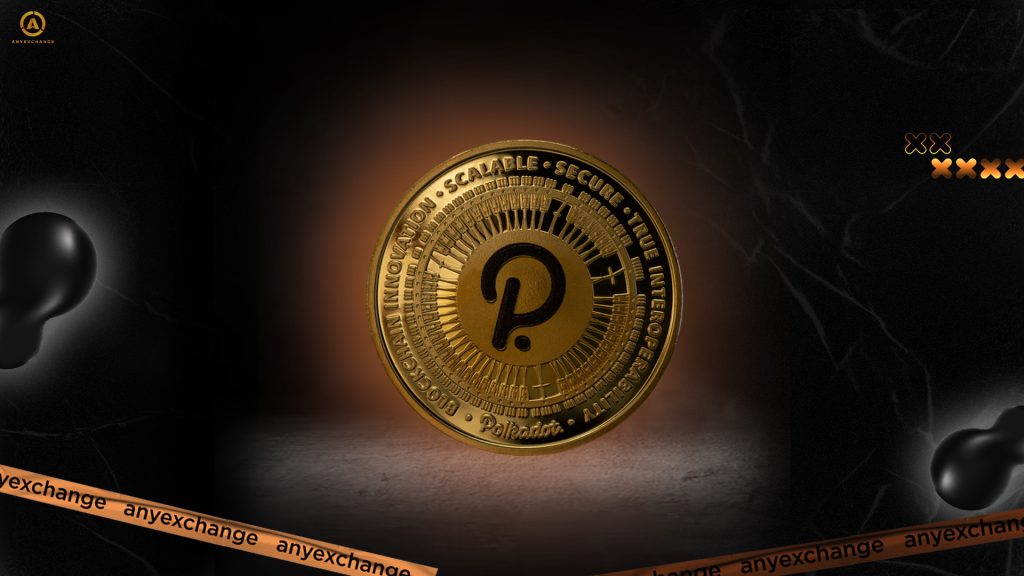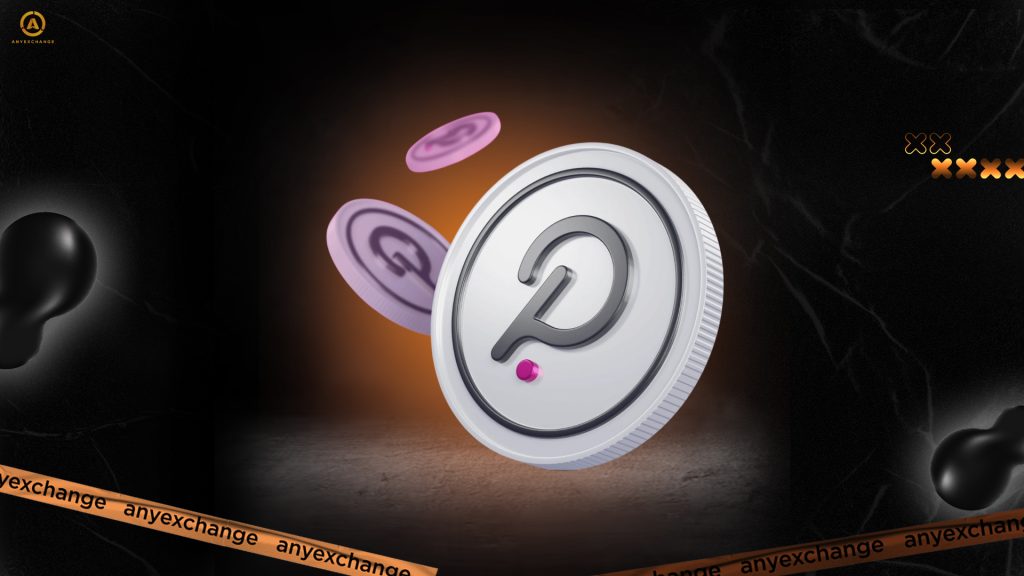
Designed to create a truly interconnected and scalable decentralized internet, Polkadot is one of the most ambitious projects in the blockchain infrastructure space. Unlike traditional networks, Polkadot was designed to enable blockchain interoperability, or the ability to freely and securely exchange data and assets between different networks. This makes Polkadot a key player in the evolution of Web3.
Gavin Wood, co-founder of Ethereum and author of the Solidity programming language, created the Polkadot blockchain. His vision of an interoperable, scalable internet formed the basis for launching the Web3 Foundation, which oversees Polkadot’s development and that of its test network, Kusama. Together with Parity Technologies developers, Wood has created an architecture offering more than just smart contracts; it is a complete infrastructure for blockchain innovation.
A pressing question for 2025 is what the future of multi-chain ecosystems will look like, and what role Polkadot will play in them. Thanks to cross-chain interaction, high performance, and active development of a decentralized application ecosystem, Polkadot is positioning itself as the foundation of Web3’s future.
This article examines how the Polkadot blockchain works, the opportunities offered by the DOT cryptocurrency, how the Polkadot parachain architecture works, and the project’s prospects in the coming years.
What is Polkadot?
The project launched in full in May 2020 and was positioned from the outset as a Layer-0 protocol, providing the infrastructure on which other blockchains can rely. Development began in 2016 under the auspices of the Web3 Foundation and with the active participation of Parity Technologies. Since then, Polkadot has become one of the most recognizable platforms in the crypto industry.
Polkadot’s main innovation is its ability to connect different blockchains into a single ecosystem where they can freely exchange information and assets. This blockchain interoperability is achieved through a unique architecture in which the Relay Chain provides security and coordination, and the connected parachains perform specific tasks while maintaining independence.
The DOT cryptocurrency plays a key role in the ecosystem. It is used for three main purposes: staking DOT to ensure network security, participating in governance through voting, and purchasing slots at parachain auctions. This makes DOT an asset with high utility value, not just a medium of exchange.
Currently, Polkadot holds its position among the top 25 cryptocurrencies, with a market capitalization of approximately $7 billion, according to CoinMarketCap. The ecosystem is actively developing, thanks to successful parachain auctions and growing interest from institutional investors. The ecosystem already includes dozens of projects in DeFi, NFTs, logistics, digital identification, and other areas.
Thus, Polkadot is not just another blockchain; it is an infrastructure framework for building a new-generation Web3 ecosystem in which smart contracts, blockchain bridges, and parachains work together.
Technical features of Polkadot

At the heart of Polkadot’s architecture is a relay chain, which is the main coordination mechanism through which all communications between parachains pass. The relay chain does not execute smart contracts directly but rather serves as the control and security center for the entire network. Thanks to the relay chain, Polkadot achieves a high level of reliability and scalability, processing up to 1,000 transactions per second (TPS).
Polkadot parachains are independent blockchains that can have their own consensus mechanisms and governance models. Projects must win an auction for a slot to connect to the relay chain — ensuring that only valuable and useful initiatives gain access to Polkadot’s resources.
Polkadot uses Nominated Proof-of-Stake (NPoS), an improved form of Proof-of-Stake (PoS), in which there are two types of participants: validators, who confirm transactions, and nominators, who delegate their DOT stake to validators. This model provides security and decentralization while remaining energy efficient, which is an important advantage given the growing focus on the environmental sustainability of blockchain technologies.
The XCM (Cross-Consensus Messaging) protocol is used to implement cross-chain interaction and allows both data and digital assets to be transferred between parachains and external networks. This opens up opportunities for interaction with other platforms through blockchain bridges and for launching decentralized applications that work in several ecosystems simultaneously.
Parachains enable parallel transaction processing. According to the developers’ estimates, the network can theoretically process up to one million transactions per second (TPS) when all slots are fully deployed.
Parachains and the Polkadot ecosystem

Parachains, one of Polkadot’s main technological achievements, are independent blockchains that connect to the relay chain and use its security and consensus mechanisms. Each parachain can be adapted to specific tasks, such as DeFi, NFTs, digital identities, gamification, and Internet of Things solutions.
Key parachains inсlude Acala, which focuses on DeFi infrastructure, including the dollar-pegged stablecoin aUSD, a decentralized exchange, and staking; Moonbeam, which provides an environment for smart contracts on an Ethereum-compatible platform; and Polkadex, which is built for high-speed, decentralized trading.
In the Polkadot DeFi sector, Acala and Parallel Finance are the most active. Their combined TVL reached $300 million in 2024. However, in 2025, this figure dropped to approximately $190 million due to a general decline in DeFi interest and competition from higher-liquidity networks.
In the Polkadot NFT sector, RMRK and Unique Network stand out. Both projects allow users to create advanced NFTs with dynamic properties and launch their own marketplaces.
The Kusama network occupies a special place in the ecosystem. It is an experimental analog of Polkadot where innovations are tested before being implemented in the main protocol. Thanks to its more flexible launch conditions and lower security requirements, Kusama has become a testing ground for innovations and startups that then move to the main network.
Interoperability: The key to Polkadot’s success
Thanks to its unique architecture and implementation of the XCM protocol, Polkadot enables different blockchains to exchange assets, data, and functions. This means that smart contracts from different parachains can interact with each other’s logic, and users can seamlessly move assets between networks. For instance, the Moonbeam parachain connects to Ethereum, and the Interlay project establishes a connection between Polkadot and Bitcoin.
This type of integration creates an environment in which applications are not limited by the infrastructure of a single platform. It gives developers the opportunity to create more powerful, flexible, and scalable decentralized applications by using the functionality of multiple networks simultaneously. Additionally, the Web3 Foundation provides grants and resources to developers. The Substrate framework simplifies developing custom blockchains from scratch and connecting to the relay chain.
Advantages of Polkadot for the blockchain industry
- High scalability. This is achieved through the parallel operation of numerous Polkadot parachains, each of which can process transactions independently.
- Flexibility: Parachains can be customized for specific business models, such as DeFi, NFTs, gaming, the Internet of Things (IoT), and digital identity projects. This approach enables developers to create highly specialized blockchains without compromising compatibility with other parts of the ecosystem.
- Environmental friendliness: Polkadot’s Proof-of-Stake consensus algorithm (specifically, modified Nominated Proof-of-Stake) makes it much less energy-intensive than Proof-of-Work networks, such as Bitcoin. This aligns with sustainability and ESG requirements.
- Decentralized governance systеm: DOT cryptocurrency holders participate in the voting process by proposing and approving protocol updates. This creates an environment that is both self-regulating and adaptive, where changes come from the community rather than a centralized development team.
- Low barrier to entry: The Substrate toolkit makes creating your own blockchain much easier. This contributes to an influx of new teams and projects.
Challenges and risks of Polkadot

- Technological complexity: The architecture of parachains and relay chains requires developers to have in-depth technical knowledge. Creating and maintaining a parachain is a complex process, especially for inexperienced teams.
- Competitive Struggle: Competition in the interoperable solutions segment is becoming increasingly fierce. Projects such as Cosmos with the IBC protocol, Avalanche with subnets, and Ethereum with Layer-2 solutions are advancing rapidly and competing aggressively for market share.
- Regulatory uncertainty: Cross-chain interaction often involves moving assets between jurisdictions and may attract the close attention of regulators.
- Volatility: Like most altcoins, the DOT price fluctuates. This creates risks for users and developers financing their projects through DOT staking.
The future of Polkadot in 2025
In 2025, Polkadot demonstrates steady growth and technological development. A key expectation is an increase in the number of parachains, from the current ~50 slots to over 100, which will significantly expand the network’s functionality and coverage. At the same time, plans are in place to improve the XCM protocol, making it more flexible and reliable for integrating different blockchains.
Polkadot’s presence in the decentralized finance (DeFi) sector is showing signs of revival, with total value locked (TVL) growing from $200 million at the beginning of the year. According to analysts’ estimates and current dynamics, this growth could reach $350–400 million by the end of 2025, thanks to the activity of projects such as Acala, Interlay, and HydraDX. In the NFT ecosystem, marketplaces and collectible tokens continue to develop with the participation of RMRK and the Unique Network. Meanwhile, DApps are expanding into areas such as Web3 gaming, digital identity, logistics, and IoT solutions.
Polkadot partnerships also play an important role. Notable integrations inсlude those with banks, fintech startups, and Web3 platforms that want to leverage blockchain interoperability and the advantages of parachains to build more complex, multi-network applications.
If the current pace continues, Polkadot will consolidate its position as the foundation of the Web3 ecosystem, where blockchains interact rather than compete.
Conclusion
The Polkadot blockchain is a unique solution for blockchain interoperability. Its architecture, which includes a relay chain and connectable parachains, as well as its use of the XCM protocol, allows multiple networks to be linked into a single systеm.
Support from the Web3 Foundation and development capabilities through Substrate attract novice and experienced developers alike to the platform.
Due to increased interest in Web3 and the growth of multi-chain projects, Polkadot has emerged as a leading infrastructure for a decentralized internet. It’s therefore worth keeping an eye on the platform’s development.
Thank you for your attention. Invest safely and profitably!
AnyExchange is an exchanger where you can convert cryptocurrency at the most favorable rate and make secure money transfers around the world.
FAQ
What is Polkadot?
It is a multi-chain level-0 blockchain that enables different networks to exchange data and assets through blockchain interoperability.
How do parachains work?
They are independent blockchains that connect to the relay chain and interact with each other via the XCM protocol. Parachain slots are allocated through auctions.
Why is Polkadot important for Web3?
Polkadot provides the foundation for the Web3 ecosystem, in which applications interact with each other and other networks via blockchain bridges.
How do you stake DOT?
To stake DOT, sеlect a validator and lock your tokens using a wallet or exchange.
What are Polkadot’s prospects for 2025?
The growth of parachains, development of DeFi and NFTs, and growth of DApps, as well as strengthening ties with traditional and Web3 finance, will ensure Polkadot’s strong position in 2025.






